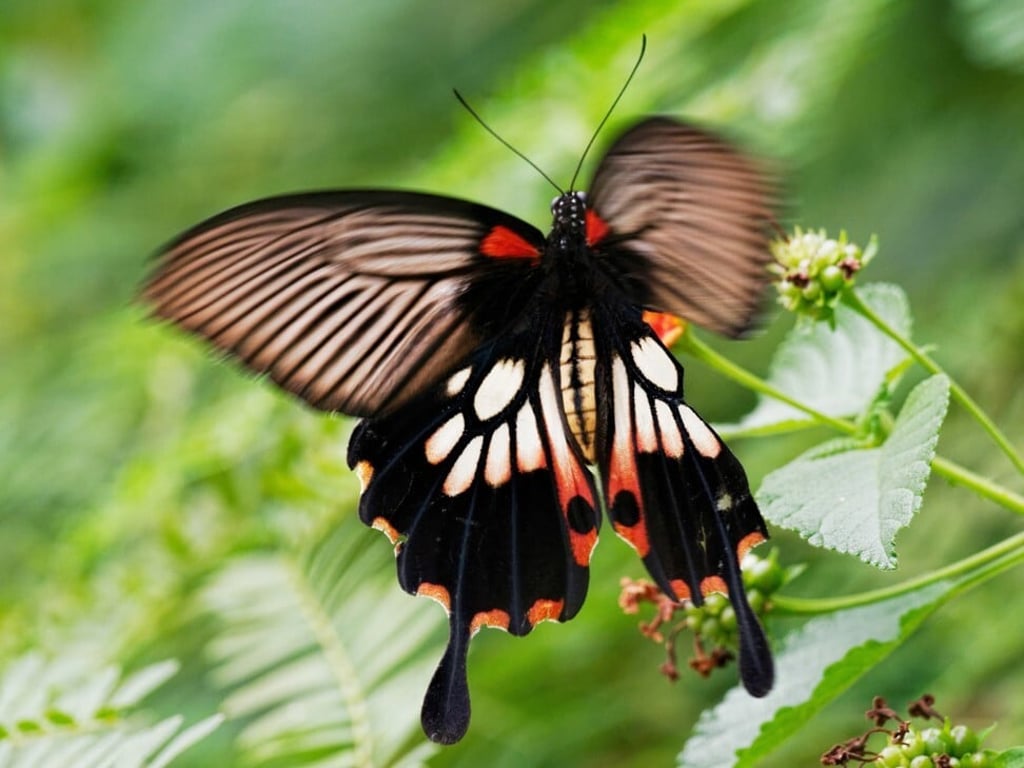Hong Kong butterfly bonanza, from intersex ones with wings wider than a dollar bill to Mormons and peacocks, and where to spot them
- Going on a butterfly hunt can make for a great outdoor experience in Hong Kong. Be sure to have a camera with a fast shutter to catch their beating wings
- Species like great Mormons are easy to see, unlike common jays and white dragontails. And then you could stumble on a truly rare find …

If you see a patch of brightly coloured flowers in a Hong Kong urban or country park, chances are they have also attracted the attention of brightly coloured butterflies. These might be swallowtails or close relatives, which are among the most spectacular you can find anywhere.
Hong Kong is home to 23 species of swallowtails, among an impressive tally of around 245 butterfly species, and watching and photographing these can make for a great outdoor experience.
A casual interest in swallowtails might lead you to spotting cryptically camouflaged species with a more subtle beauty, along with those barely the size of a fingernail that are brown at rest, and flash bright blue in flight.
Some only become active as evening approaches, and while butterflies appear delicate, several Hong Kong species undertake lengthy annual migrations. Here’s how to identify some of the most eye-catching species.

Identification basics: Mormons and peacocks
First, you’ll need to learn how to identify at least some butterfly species, perhaps with the help of a field guide. If you start with swallowtails, you will soon learn that not all have elongated tail streamers. None have proper tails as “tails” on butterflies are extensions from the hind wings.